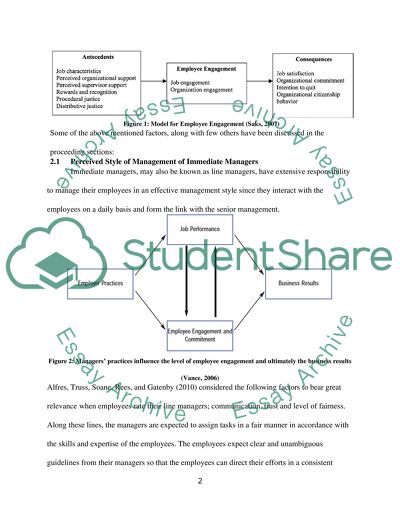Cite this document
(“Inportance of HR Policy and Other Factors in Employee Engagement Essay”, n.d.)
Retrieved de https://studentshare.org/human-resources/1391163-human-resources
Retrieved de https://studentshare.org/human-resources/1391163-human-resources
(Inportance of HR Policy and Other Factors in Employee Engagement Essay)
https://studentshare.org/human-resources/1391163-human-resources.
https://studentshare.org/human-resources/1391163-human-resources.
“Inportance of HR Policy and Other Factors in Employee Engagement Essay”, n.d. https://studentshare.org/human-resources/1391163-human-resources.


